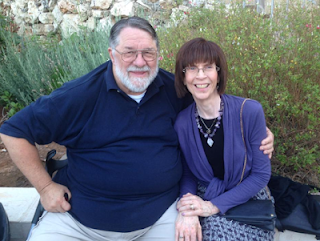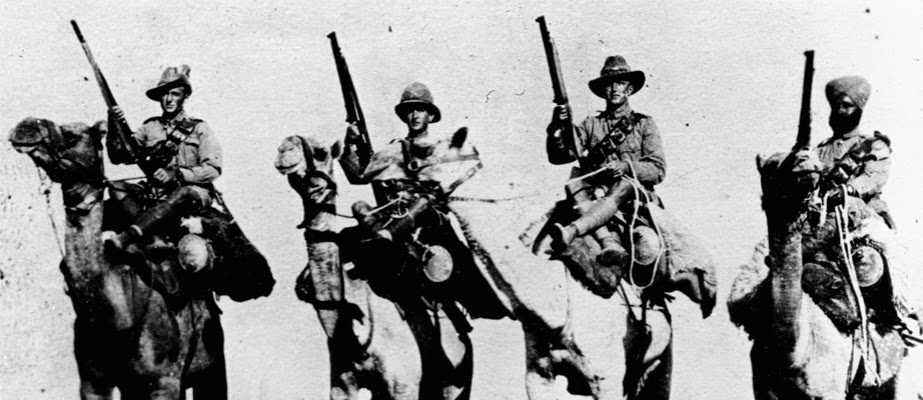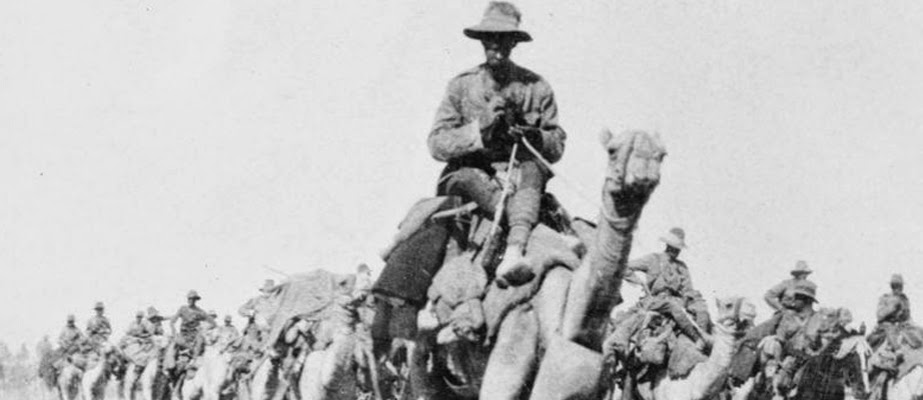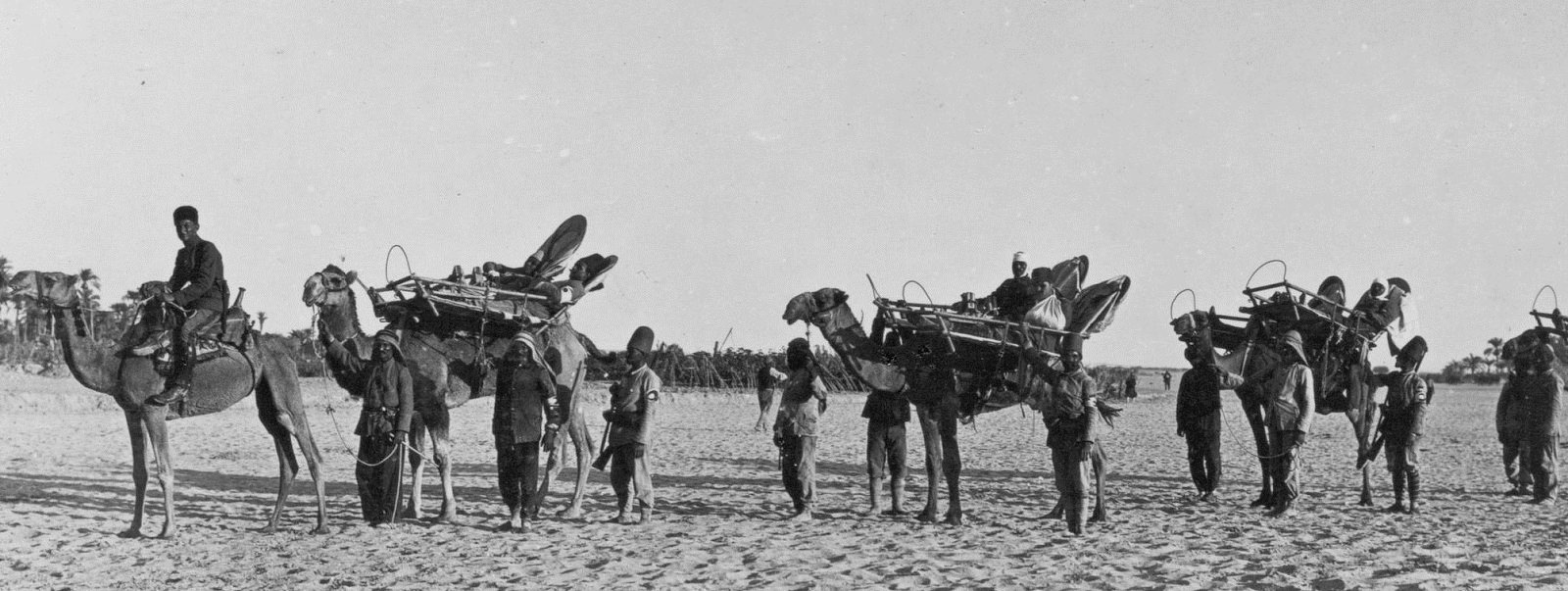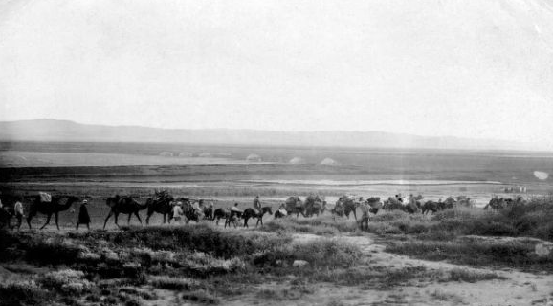וְאָהַבְתָּ ‘…And you shall love…’
The Law of the Messiah
Hadassah from Jerusalem, Israel
To know and to do God’s will. This seems to be the question on most true Believer’s hearts: LORD what is your will? God has made His will clear in the Word that He has given us- His commandments, His Laws. But especially through His Son Y’shua’s words and example did He reveal Himself and His heart towards us and His will.
With so many decrees and laws to know and follow we can get bogged down- overwhelmed. Even in His day, an observant Jewish man asked Y’shua which Law is the greatest. Recorded in three of the Gospels (Mt 22:37, Mk 12:30, Lk 10:27), Y’shua quotes to him from the well-known daily prayer the Sh’ma (Deut. 6:5): “And he said to him, “You shall love the Lord your God with all your heart and with all your soul and with all your mind.”
In Mark, Y’shua continues: "The second is this: ‘You shall love your neighbor as yourself.’ There is no other commandment greater than these.”
The second commandment is actually the ‘how to’ live out the first commandment. How do we love God so completely- by loving the Family of Faith.
“If anyone says, “I love God,” and hates his brother, he is a liar; for he who does not love his brother whom he has seen cannot love God whom he has not seen.” (I John 4:20)
And the LORD tells us that the world will know we are His- by our love for one another!
“A new commandment I give you: Love one another. As I have loved you, so also you must love one another. By this all men will know that you are My disciples, if you love one another.”
(John 13:34,35)
In Galatians 6:2 we read a practical application: "Bear ye one another's burdens, and so fulfill the law of Christ."
In this verse we see the specific fulfilling of the Law of Christ is done by bearing each other’s burdens. How do we show this love for one another in the Body of Messiah? Taking care of the widows and orphans, praying for those who are hurt and sick, sharing physical provision…. The list is endless.
When a Body member is going thru a major illness or crisis- one that seems to have no solution or end in sight- can we come to them in their suffering and walk with them? Can we listen without judgement and unasked-for advice? Will we ‘carry’ them on our shoulders in prayer? Are we able to lay down our lives for them in acts of loving kindness and service?
To bear one another’s burdens IS to FULFILL the Law of our Messiah. It is the maximum of His example when He came and ultimately carried our burden of sin and suffering.
It is not easy to consistently walk with someone who is suffering. To keep them encouraged. To hold them in your heart before the Throne. To not get weary in well-doing. We must remember- that we are yoked with the Messiah in this walk and He says that His burden is easy (Mt 11:30).
Continually go to Him and ask for the Grace to endure WITH your Brother. To weep with your Sister. Being very realistic about your personal limitations- do not let those be and excuse to not be ‘present’. We each have a part we can play and with the Grace of Y’shua we can answer His passionate garden question: ‘Will you not tarry with me one hour?’
We can choose to love one another and ‘tarry’ with one another and so fulfill the Law of our Messiah.
Nissim & Hadassah
Jerusalem, Israel
Hadassah and Nissim, her accountant husband, live in a settlement just outside Jerusalem with their dog Molly. After making Aliyah (immigrating) from the U.S. with their five children in 1989, they are now semi-retired and open their home to guests and those wishing to make Aliyah. When not busy with their 16 'GrandWonders', they enjoy a quiet life of study, prayer and learning to serve the LORD.
#6 08.24.31


